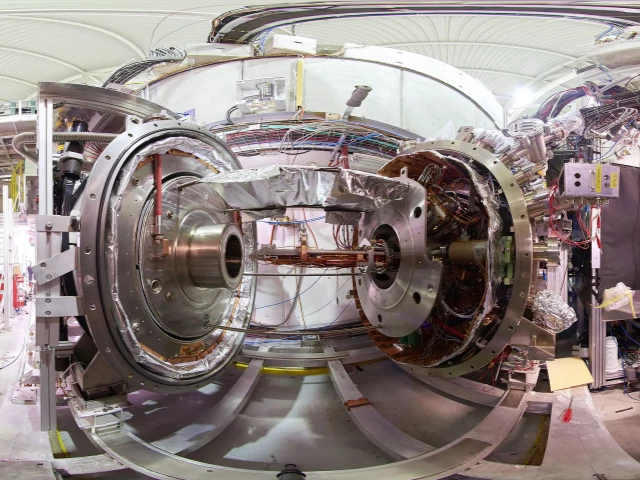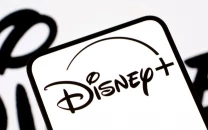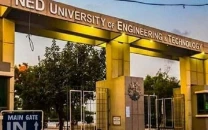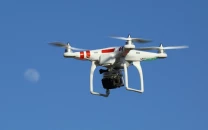CERN scientists 'transport' antimatter from France to Switzerland
CERN scientists have for the first time transported antimatter safely outside their lab, crossing borders.

Scientists at CERN have successfully transported antimatter outside their laboratory for the first time, marking a breakthrough in physics research.
The European research centre developed a specialised two-metre-long containment device to safely carry antimatter over a four-kilometre (2.5-mile) journey.
The antimatter was transported by truck across the CERN campus, crossing the border from France into Switzerland before returning to its starting point.
The achievement, detailed in a paper published in the journal Nature, demonstrates the potential to move antimatter to laboratories across Europe via public roads.
“This experiment confirms the feasibility of relocating trapped protons without loss, operating autonomously without external power for four hours,” the study stated. “It opens the way to transferring antimatter to low-noise research facilities in the vicinity and beyond.”
Antimatter, which is essential to understanding the universe and fundamental physics, is notoriously difficult to produce and contain.
CERN WANTS TO SHIP ANTIMATTER ACROSS EUROPE... IN A BOX?
— Mario Nawfal (@MarioNawfal) May 20, 2025
Antimatter is real. It explodes if it touches anything.
So yeah, transporting it is tricky.
CERN—the same lab with the giant particle collider—just built a 2-meter-long container that keeps antimatter cold (5 Kelvin),… pic.twitter.com/K6jlG51tx7
It requires particle collisions at near-light speeds and magnetic traps to prevent it from annihilating on contact with normal matter.
Only a handful of facilities worldwide can generate antimatter.
CERN’s success in transporting antimatter safely could enable expanded research capabilities at institutions such as Heinrich Heine University Düsseldorf in Germany, located nearly 800 kilometres from CERN, which is expected to be among the first to receive antimatter shipments.
Researchers hailed the experiment as the beginning of a “new era in precision antimatter research” that may unlock deeper insights into the nature of space and matter.


















COMMENTS
Comments are moderated and generally will be posted if they are on-topic and not abusive.
For more information, please see our Comments FAQ